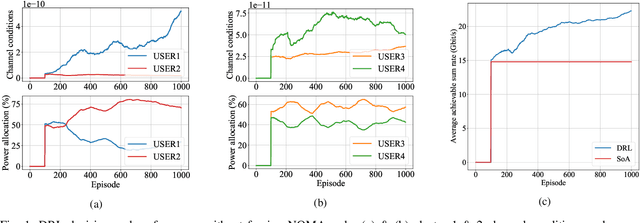How Crucial Is It for 6G Networks to Be Autonomous?
Paper and Code
Jul 09, 2021
The sixth generation (6G), unlike any of the previous generations, is envisioned by 2030 to connect everything. Moreover, in addition to the new use cases, 6G is expected to support, it will need to provide a superior performance over 5G. The global connectivity, large network dimensions, users heterogeneity, extremely low-power consumption, high throughput, ultrahigh reliability, efficient network operation and maintenance, and low-latency requirements to be met by future networks inevitably necessitate the autonomy of 6G. Intelligence, facilitated mainly by the advancement of artificial intelligence (AI) techniques, is a key to achieve autonomy. In this paper, we provide a bird's-eye view of 6G, its vision, progress, and objectives. Furthermore, we present some technologies that would be mainly enabling intelligent globally connected world. In addition to discussing the role of AI for future wireless communications, we, unlike any other review papers, provide our original results which give early evidence for the viability of achieving 6G networks autonomy through leveraging AI advances. Furthermore, we, very importantly, identify 6G implementation challenges and key innovative techniques that promise to solve them. This article serves as a starting point for learners to acquire more knowledge about 6G and also for researchers to promote more development to the field.
 Add to Chrome
Add to Chrome Add to Firefox
Add to Firefox Add to Edge
Add to Edge